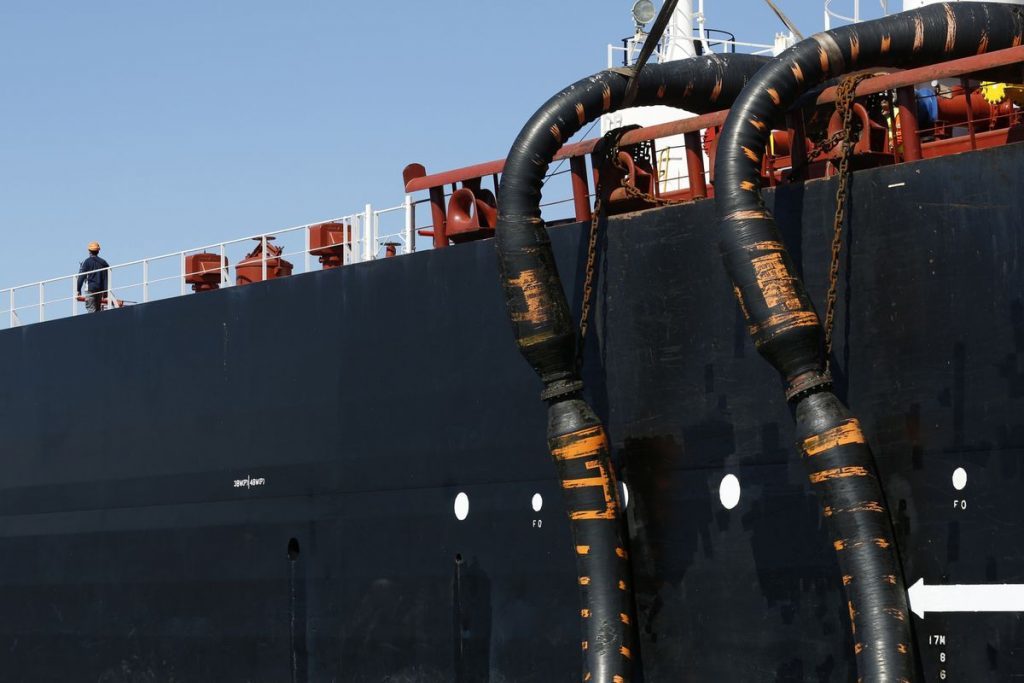
Crude traded near its lowest level in a week as the International Energy Agency forecast that new supply may grow faster than demand next year, challenging OPEC’s efforts to deflate global stockpiles.
Futures fluctuated between gains and losses in New York. IEA boosted its 2018 outlook for output from outside the Organization of Petroleum Exporting Countries by 200,000 barrels a day, led by production from U.S. shale drillers. U.S. gasoline stockpiles surged last week, at the same time crude inventories shrank, U.S. Energy Department data showed Wednesday.
“The IEA came out this morning and kind of threw rocks on the parade by effectively saying that we are going to have a positive supply balance next year,” said Bill O’Grady, chief market strategist at Confluence Investment Management in St. Louis. “You’ve got a mixed bag of data frankly. The DOE data was pretty bullish for crude, but you are seeing this really impressive build in gasoline.”
West Texas Intermediate for January delivery slid 5 cents to $56.55 a barrel at 11:09 a.m. on the New York Mercantile Exchange. Total volume traded was 14 percent above the 100-day average.
The U.S. benchmark has held above $55 a barrel since November, the month that OPEC and its partners agreed to extend production curbs through the end of 2018. OPEC and its allies have managed to reduce global inventories in developed nations, the cartel’s key metric for assessing oversupply, to their lowest level since July 2015, at 2.94 billion barrels, after a further decline in October, the IEA report showed.
“On our current outlook, 2018 may not necessarily be a happy New Year for those who would like to see a tighter market,” the Paris-based IEA, which advises most major economies on energy policy, said in the report. “Total supply growth could exceed demand growth.”
Brent for February settlement rose 38 cents to $62.82 a barrel on the London-based ICE Futures Europe exchange. The global benchmark crude traded at a premium of $6.20 to February WTI.
Supply Forecast
The IEA’s increase in its supply forecast is something “the market might not like too much,” Michael Loewen, a commodities strategist at Scotiabank in Toronto, said by telephone. “Near-term, markets look a little bit more bearish.”
Goldman Sachs Group Inc. said big oil companies will find themselves with a surplus of cash in 2018, and U.S. crude production remains at a record high.
Recommended for you
